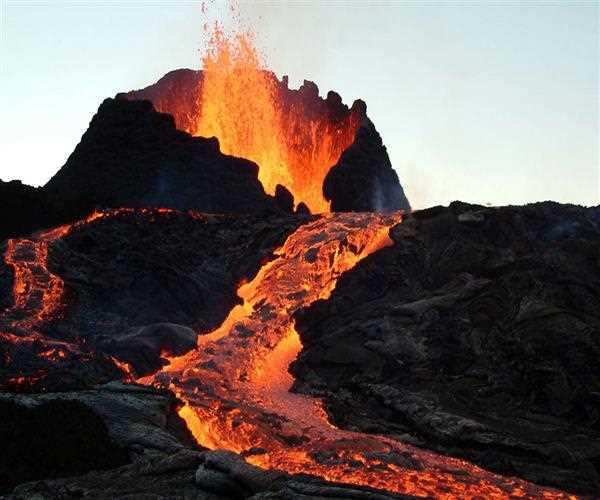Plate tectonics is the theory that Earth's outer shell is divided into a number of large plates that are constantly moving. These plates are made up of the crust and the uppermost mantle, and they float on top of the asthenosphere, which is a layer of hot, molten rock. The plates move at different rates, from a few centimeters to a few inches per year.

There are three types of plate boundaries: convergent boundaries, divergent boundaries, and transform boundaries.
Convergent boundaries are where two plates collide. When this happens, one plate may be subducted, or pushed under the other plate. This can cause earthquakes and volcanoes.
Divergent boundaries are where two plates move apart. This can cause new crust to form, as magma rises from the mantle and cools.
Transform boundaries are where two plates slide past each other. This can cause earthquakes.
The movement of tectonic plates is responsible for many of the features on Earth's surface. For example, mountains are formed when two plates collide and one plate is subducted. Volcanoes are formed when magma rises from the mantle and erupts through the crust. Earthquakes can occur at any plate boundary, but they are most common at convergent boundaries.
Plate tectonics is a complex theory, but it is a powerful tool for understanding the Earth's surface. By understanding how the plates move, we can better understand the causes of earthquakes, volcanoes, and other geological events.
Here are some of the ways that plate tectonics has shaped Earth's surface:
Mountains: Mountains are formed when two tectonic plates collide. The collision causes one plate to be pushed under the other, creating a deep trench. Over time, the material that is subducted melts and rises to the surface, forming mountains.
Oceans: Oceans are formed when tectonic plates move apart. As the plates move apart, magma rises from the mantle and cools, forming new crust. The new crust is thinner than the crust on the continents, so it sinks, creating the ocean floor.
Volcanoes: Volcanoes are formed when magma rises from the mantle and erupts through the crust. Magma is molten rock that is created when the mantle is heated. The magma can rise to the surface through cracks in the crust, or it can be forced to the surface by the collision of tectonic plates.
Earthquakes: Earthquakes are caused by the movement of tectonic plates. When the plates move, they can cause rocks to break and shift. This can cause the ground to shake, which is what we feel as an earthquake.
Plate tectonics is a complex and fascinating theory that has revolutionized our understanding of the Earth. By understanding how the plates move, we can better understand the causes of many of the natural disasters that occur on Earth.